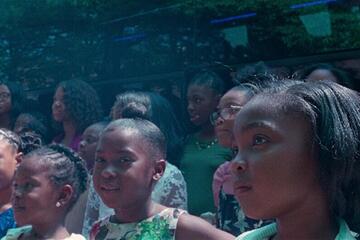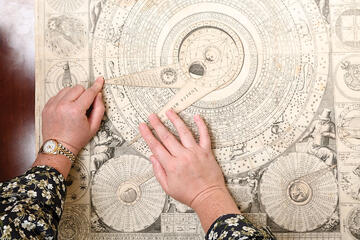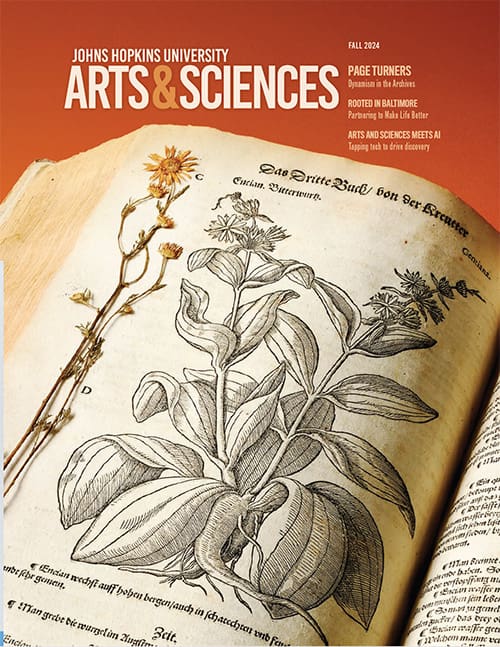Every first-year student at Johns Hopkins enrolls in a First-Year Seminar (FYS) of their choice. These small, intimate, conversation-focused classes cross academic disciplines, and help students build connections that will serve them for the next four years. Each seminar is unique to the faculty teaching it, but all are discussion-based with embedded experiential learning.
Find Your Program. Pursue Your Passions.
The Krieger School at a Glance
 12
12
Nobel Prize Winners
Most recently, Adam Riess, Bloomberg Distinguished Professor of Astronomy, won the Nobel Prize for showing the expansion of the universe is accelerating.
 80%
80%
Students in Research
Students contribute to pivotal work in more than 50 labs and research institutes.
 85%
85%
Students Who Intern
On average, a Krieger student has almost three internships while at JHU.
 60+
60+
Majors and Minors
With no core curriculum, students are provided the freedom to choose the courses that matter most to them.
The Undergraduate Experience
The Krieger School of Arts & Sciences sets the standard for excellence in research-based undergraduate education.







